In the dynamic landscape of transportation and logistics, the dimensions of LPG (Liquefied Petroleum Gas) road tankers play a pivotal role in ensuring safety, efficiency, and compliance. At CarMax Vehicle, we understand the critical importance of precise measurements in the design and functionality of LPG road tankers. This guide delves deep into the various aspects of LPG road tanker dimensions, providing a thorough understanding to help you make informed decisions.
Understanding LPG Road Tankers
LPG road tankers are specialized semi-trailers designed to transport liquefied petroleum gas safely and efficiently. These tankers are engineered to withstand high pressures, prevent leaks, and ensure the integrity of the LPG during transit. The dimensions of an LPG road tanker significantly influence its capacity, maneuverability, and compliance with regulatory standards.
Importance of Correct Dimensions in LPG Road Tankers
Correct dimensions are crucial for several reasons:
- Safety: Ensuring that the tanker meets safety standards to prevent accidents.
- Regulatory Compliance: Adhering to local and international transportation regulations.
- Efficiency: Optimizing load capacity while maintaining maneuverability.
- Compatibility: Ensuring the tanker fits within infrastructure constraints like loading docks and parking spaces.

Standard LPG Road Tanker Dimensions
While dimensions can vary based on specific requirements and regulations, there are standard measurements commonly observed in the industry.
Length
- Overall Length: Typically ranges from 12 to 16 meters.
- Tank Length: Usually between 8 to 12 meters, depending on capacity and design.
Width
- Overall Width: Standard width is around 2.5 meters to comply with road regulations.
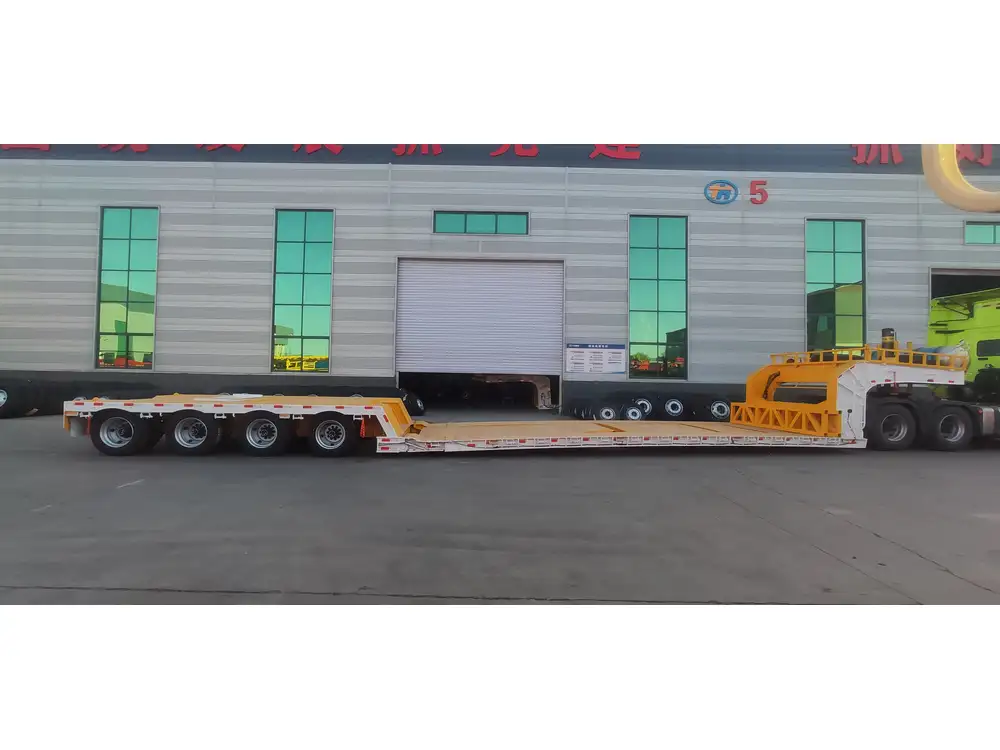
Height
- Overall Height: Varies between 3 to 4 meters, accommodating safety features and pressure vessels.
Capacity
- Volume Capacity: Ranges from 5,000 liters to over 20,000 liters, depending on the tanker size and design.
- Weight Capacity: Designed to handle up to 40 metric tons, including the weight of the LPG and the tanker itself.
| Dimension | Typical Range |
|---|---|
| Length | 12m – 16m |
| Tank Length | 8m – 12m |
| Width | 2.5m |
| Height | 3m – 4m |
| Volume Capacity | 5,000L – 20,000L+ |
| Weight Capacity | Up to 40 metric tons |
Variations in Dimensions Based on Usage
LPG road tankers are not one-size-fits-all; their dimensions can vary based on specific usage scenarios.

City vs. Long Haul
- City Tankers: Typically shorter and narrower for better maneuverability in urban environments. They often have a lower height to navigate under bridges and overpasses.
- Long Haul Tankers: Larger dimensions to maximize capacity and reduce the number of trips. Designed for stability and efficiency over long distances.
Types of LPG Loads
Different types of LPG loads may require varying tanker dimensions:
- Standard LPG: Regular dimensions sufficient for typical transport needs.
- High-Pressure LPG: Requires reinforced structures, potentially increasing dimensions.
- Specialized Mixtures: Custom dimensions to accommodate specific gas mixtures and safety requirements.
Regulatory Standards for LPG Road Tanker Dimensions
Compliance with regulatory standards is non-negotiable in the transportation of hazardous materials. These standards ensure the safety of both the transport crew and the general public.

International Standards
- ADR (European Agreement Concerning the International Carriage of Dangerous Goods by Road): Sets out detailed requirements for vehicle dimensions, safety features, and packaging.
- DOT (Department of Transportation) in the USA: Provides guidelines on tanker construction, dimensions, and safety mechanisms.
Regional Regulations
Different regions may have specific requirements that affect tanker dimensions:
- European Union: Adheres to ADR standards with some additional country-specific regulations.
- North America: Follows DOT regulations with variations in Canada and the USA.
- Asia-Pacific: Countries like India and China have their own set of rules that may differ from international standards.
Design Considerations for Optimizing Dimensions
Designing LPG road tankers involves balancing multiple factors to achieve optimal performance and compliance.

Safety Features
- Reinforced Structures: Ensuring the tanker can withstand high pressures and potential impacts.
- Emergency Shutoff Valves: Strategically placed to prevent gas leaks.
- Ventilation Systems: Designed to disperse any accidental gas releases safely.
Material and Build Quality
- High-Strength Steel: Commonly used for durability and resistance to corrosion.
- Composite Materials: Increasingly popular for reducing weight without compromising strength.
Weight Distribution
Proper weight distribution is essential for maintaining vehicle stability and handling. This includes:
- Balanced Load: Ensuring the LPG is evenly distributed within the tank.
- Axle Configuration: Optimizing the number and placement of axles to support the tanker’s weight.
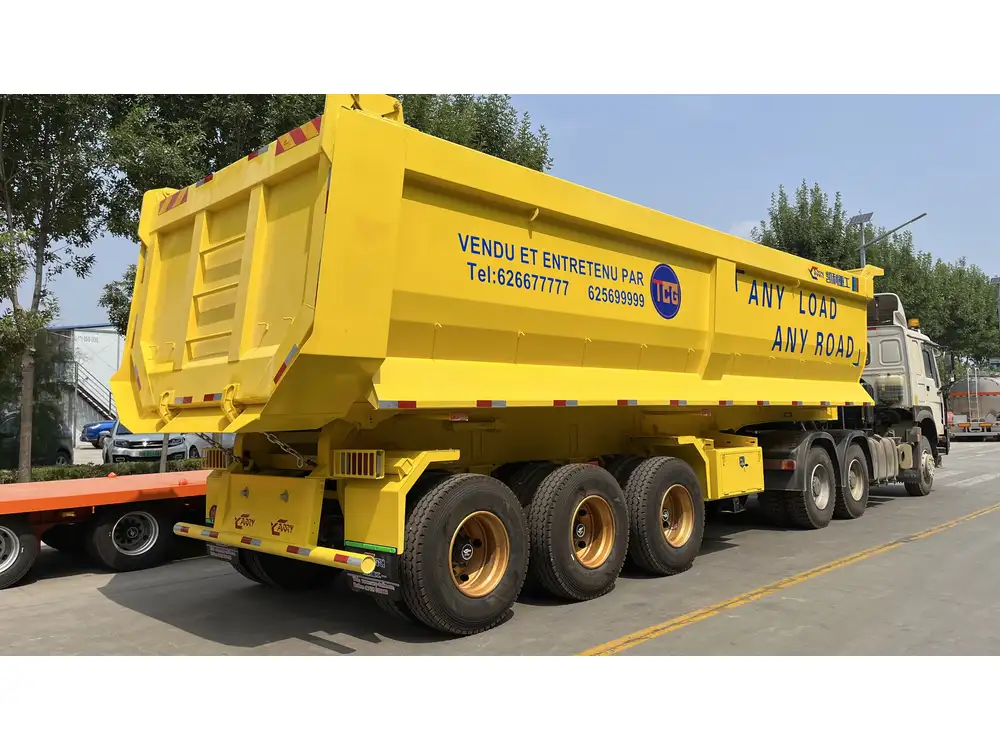
Comparing CarMax Vehicle’s LPG Road Tankers Dimensions
At CarMax Vehicle, we offer LPG road tankers tailored to meet diverse needs, ensuring compliance and efficiency.
Customization Options
We provide a range of dimensions to suit various operational requirements:
- Modular Designs: Allowing for adjustments in length, width, and height based on specific needs.
- Scalable Capacities: From smaller 5,000-liter tankers to larger 20,000-liter models.
Efficiency and Performance
Our tankers are designed with efficiency in mind:
- Aerodynamic Shapes: Reduce fuel consumption and enhance stability.
- Lightweight Materials: Minimize overall weight without sacrificing strength.
| Feature | CarMax Vehicle’s LPG Road Tankers |
|---|---|
| Customizable Length | Yes |
| Standard Width | 2.5m |
| Height Options | 3m – 4m |
| Capacity Range | 5,000L – 20,000L+ |
| Compliance Standards | ADR, DOT, Regional Regulations |
| Material Composition | High-Strength Steel, Composite Options |
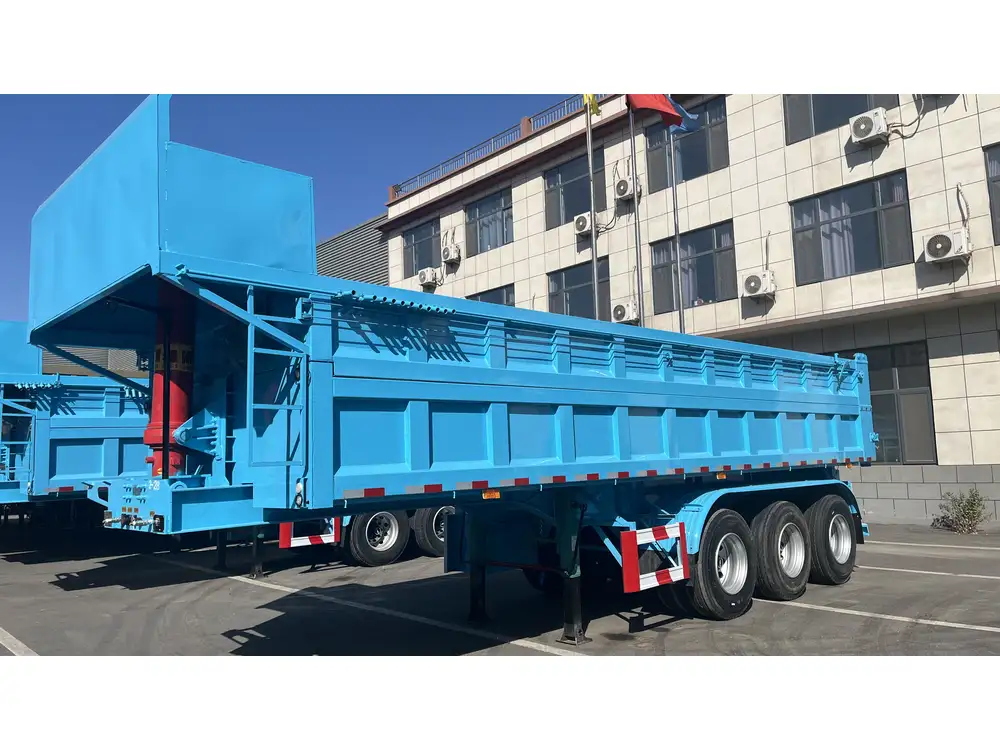
Choosing the Right Dimensions for Your Needs
Selecting the appropriate dimensions for an LPG road tanker involves several critical considerations.
Assessing Load Requirements
Evaluate the volume of LPG you need to transport regularly. Larger capacities reduce the number of trips but require more extensive infrastructure and greater initial investment.
Route and Terrain Considerations
Understand the routes your tankers will traverse:
- Urban Routes: Favor smaller, more maneuverable tankers.
- Rural and Highway Routes: Can accommodate larger, high-capacity tankers.
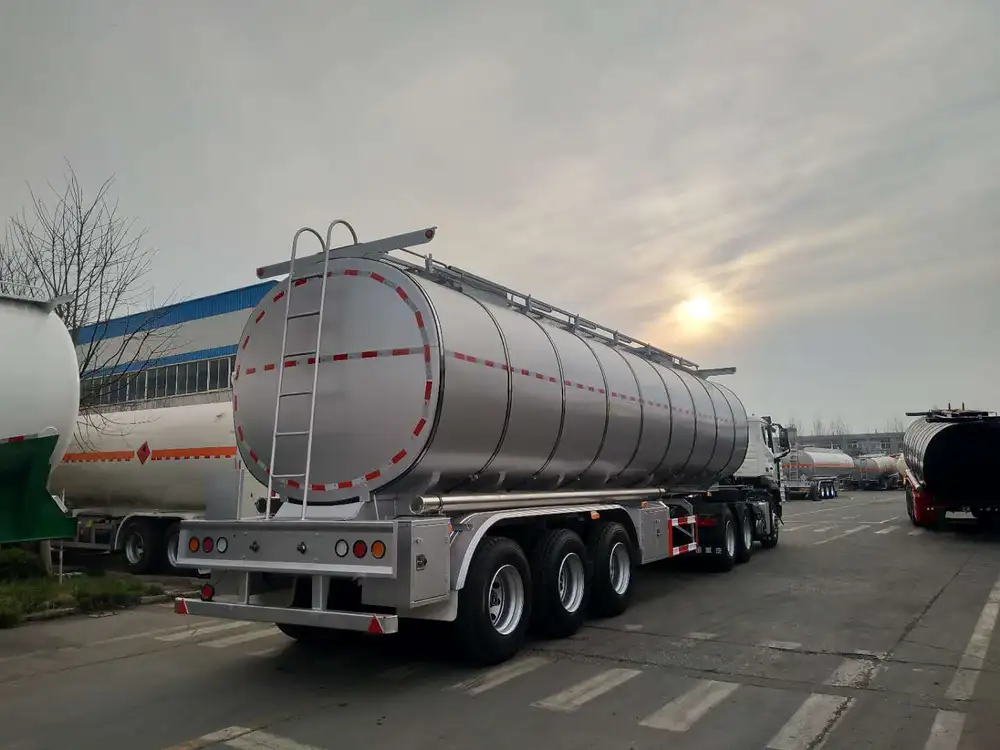
Compliance with Regulations
Ensure that the tanker dimensions comply with all relevant regulations in the regions you operate. Non-compliance can result in hefty fines and operational delays.
Future Trends in LPG Road Tanker Dimensions
The LPG transportation industry is evolving, driven by technological advancements and environmental considerations.
Technological Advancements
- Smart Tankers: Equipped with IoT devices for real-time monitoring of tank conditions and vehicle performance.
- Advanced Materials: Development of lighter, stronger materials to enhance efficiency and safety.
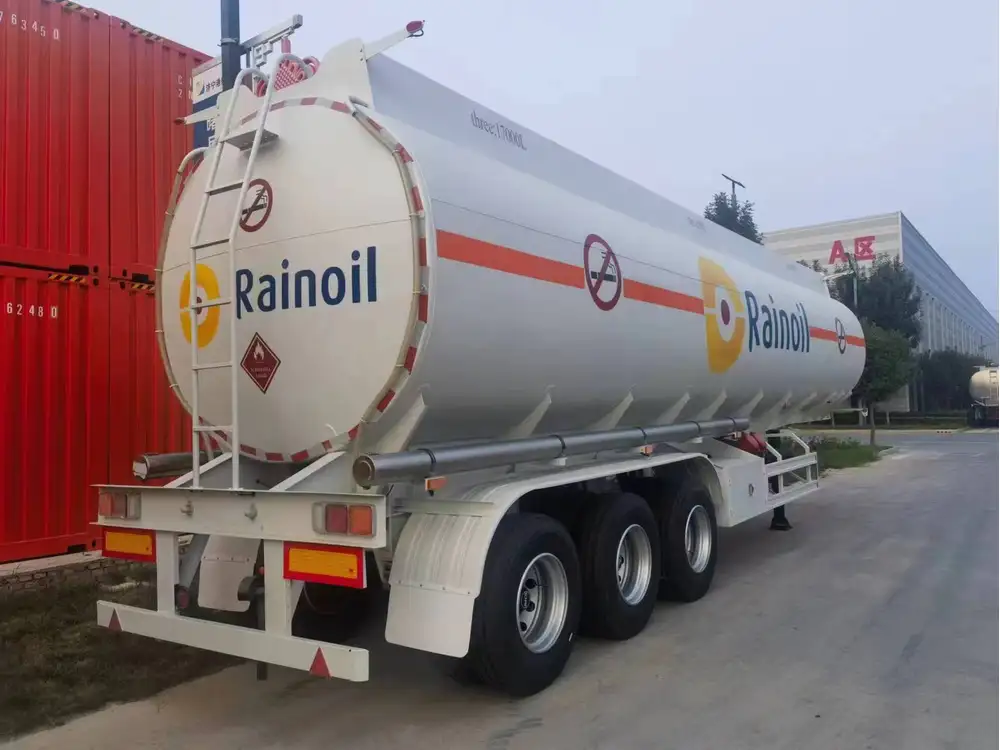
Sustainability and Efficiency
- Eco-Friendly Designs: Focus on reducing emissions and improving fuel efficiency through optimized dimensions and aerodynamics.
- Renewable Energy Integration: Incorporating solar panels and other renewable energy sources to power auxiliary systems.
Conclusion
The dimensions of LPG road tankers are a fundamental aspect influencing safety, efficiency, and regulatory compliance. At CarMax Vehicle, we prioritize precision and innovation in designing our LPG road tankers to meet diverse transportation needs. Whether you require customization for specific routes or adherence to stringent safety standards, our LPG road tankers are engineered to deliver optimal performance and reliability.
Frequently Asked Questions

1. What are the standard dimensions for LPG road tankers?
Standard LPG road tankers typically range from 12 to 16 meters in length, 2.5 meters in width, and 3 to 4 meters in height, with capacities between 5,000 to 20,000 liters.
2. How do LPG road tanker dimensions affect transportation efficiency?
Optimal dimensions ensure maximum load capacity while maintaining vehicle maneuverability and compliance with road regulations, thereby enhancing overall transportation efficiency.
3. Are there customizable options available for LPG road tanker dimensions?
Yes, manufacturers like CarMax Vehicle offer customizable dimensions to cater to specific operational needs, including varying lengths, widths, heights, and capacities.

4. What regulatory standards must LPG road tankers comply with?
LPG road tankers must comply with international standards such as ADR and DOT, as well as regional regulations specific to the areas of operation.
5. How do future trends impact LPG road tanker dimensions?
Technological advancements and sustainability initiatives are driving the development of smarter, more efficient LPG road tankers with optimized dimensions for better performance and reduced environmental impact.



